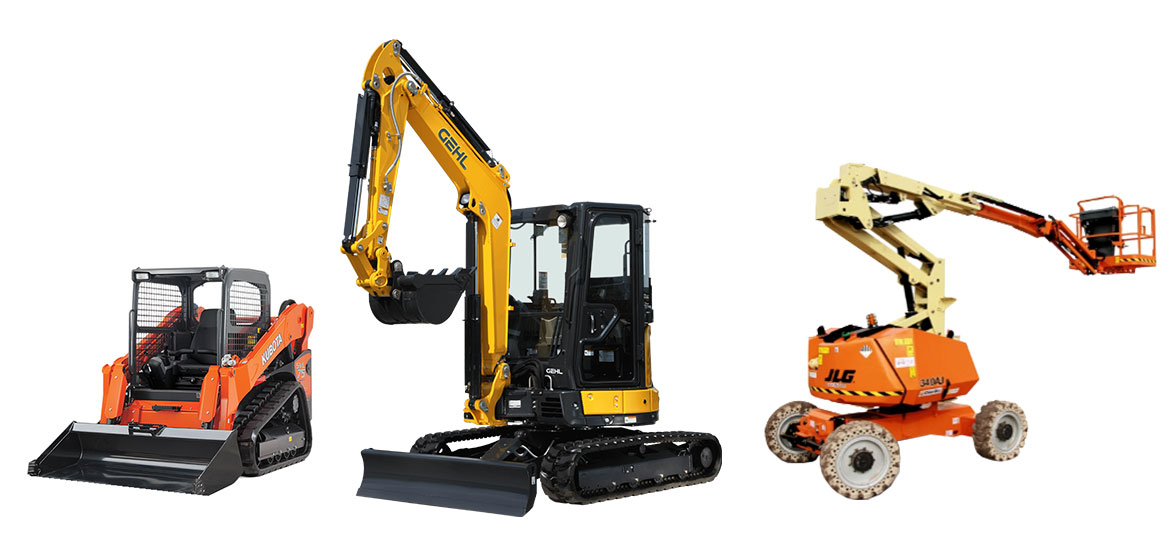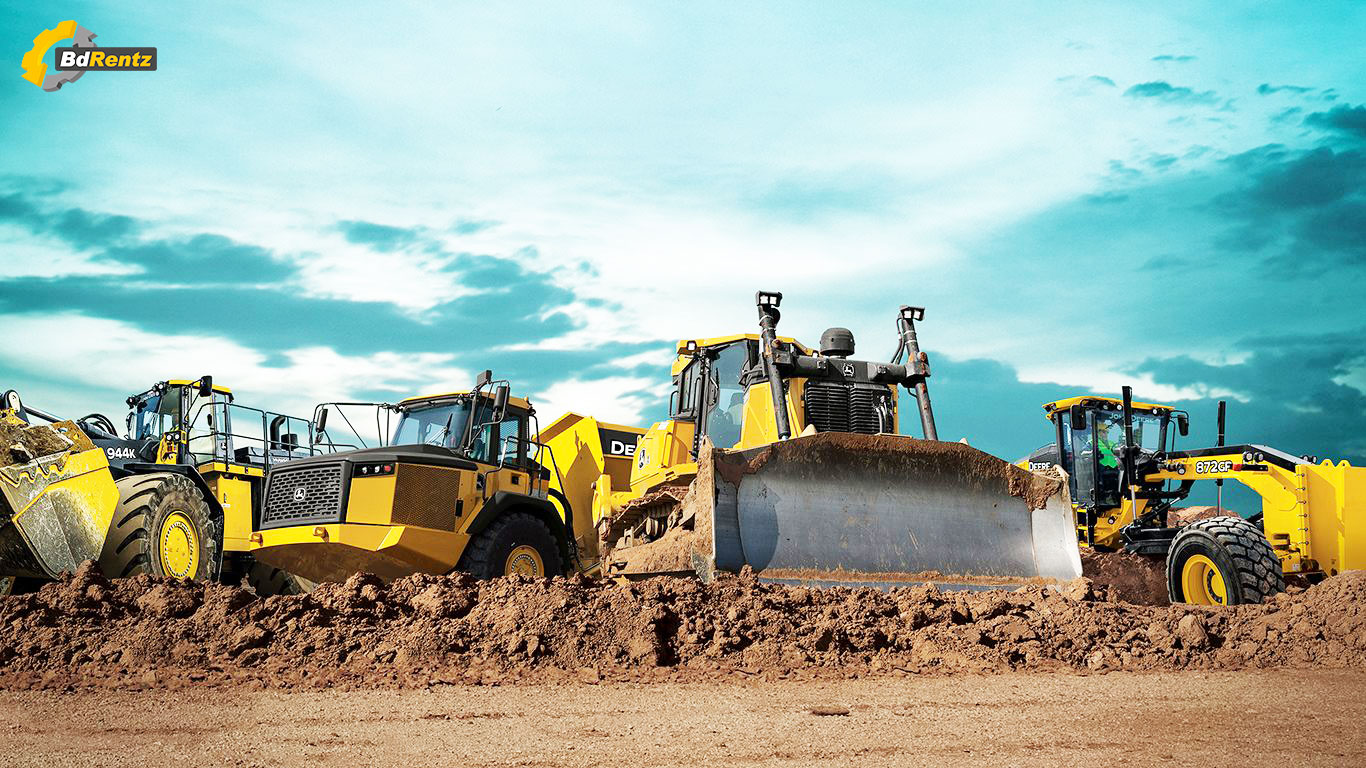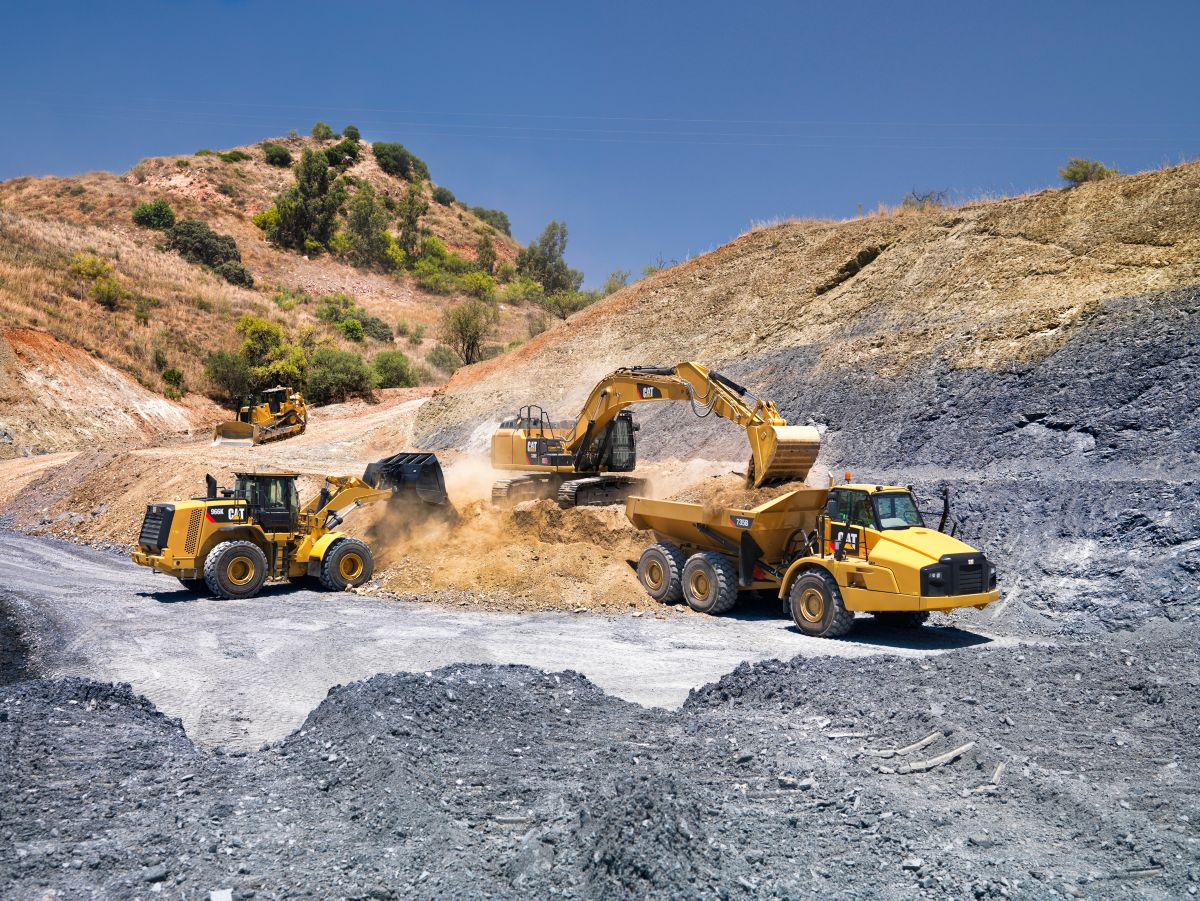Dozer Rental: Powerful Earthmoving Tools for Your Construction Needs
Dozer Rental: Powerful Earthmoving Tools for Your Construction Needs
Blog Article
Optimize Your Spending Plan by Comprehending the Costs Related To Construction Devices Rentals
Understanding the full extent of prices linked with construction tools services is vital for maximizing your spending plan. While the first rental charge may seem straightforward, many extra expenses-- such as transportation, gas additional charges, and maintenance-- can swiftly collect, impacting your economic preparation. Furthermore, being mindful of different charges and the details of rental agreements can aid prevent unexpected economic worries. What methods can be utilized to properly manage these costs and guarantee an extra reliable rental experience?
Summary of Rental Expenses
When considering building and construction equipment services, recognizing the associated prices is critical for efficient budgeting and task planning. Rental expenses can vary dramatically based upon several variables, including tools kind, duration of rental, and location. The initial rental charge typically shows the devices's market demand and its connected operational capabilities, influencing the overall expense.
Along with the base rental rate, ancillary prices may develop, such as transport costs, gas surcharges, and upkeep charges. It is essential to represent these extra costs to accurately examine the complete cost of renting equipment. The rental period can impact pricing; longer rentals might qualify for reduced prices, while short-term leasings could sustain higher everyday charges.

Breakdown of Rental Rates
A comprehensive understanding of rental prices is essential for contractors and job supervisors intending to maximize their spending plans. Rental prices for construction tools commonly contain a number of components, consisting of base rates, time-based fees, and use fees.
Base prices are the core costs connected with the rental of the devices, frequently identified by the kind and dimension of the equipment. These rates can differ significantly, influenced by variables such as devices demand, schedule, and local market trends. Time-based costs, which may be daily, weekly, or monthly, offer to fit various project timelines and rental periods.
Furthermore, rental prices may consist of use costs, which are applicable when equipment is used past a defined threshold, ensuring that the rental firm can make up wear and tear. Seasonal demand fluctuations can also influence rental prices, with peak building and construction periods typically commanding higher prices.
In addition, understanding the rental company's policies regarding maintenance and insurance coverage can offer additional insight right into the total price framework. By analyzing these parts, specialists can make educated choices, making certain the choice of rental equipment aligns with both job requirements and budget restraints.
Additional Charges to Think About
Recognizing the intricacies of added fees is essential for specialists to handle their total service costs efficiently. Beyond the conventional rental prices, different extra costs can substantially affect the total wheel loader price price of equipment leasing. These fees frequently consist of delivery and pick-up fees, which can vary based upon range and logistics associated with moving the devices to and from the task website.
Additionally, some rental companies might impose fuel additional charges if the equipment is returned with less fuel than when leased. It is also important to know potential cleansing charges, specifically for customized equipment that calls for detailed maintenance after use.

Thoroughly reviewing the rental agreement and clarifying these extra fees upfront can assist specialists stay clear of unanticipated expenses and make certain that budget plans continue to be intact throughout the task lifecycle.
Repair And Maintenance Expenditures
Routine upkeep and repair service expenses are often neglected factors that can considerably influence the general expense of building and construction equipment rentals. When leasing equipment, it is essential to consider not just the rental costs yet likewise the prospective expenses connected with keeping the machinery in optimum operating condition.
Several rental business consist of basic upkeep as component of the rental agreement; nonetheless, more unforeseen failures or considerable fixings can cause additional expenses. It's vital to examine the rental agreement thoroughly to understand what upkeep services are covered and what obligations drop on the renter.
Moreover, devices that is not well-maintained can bring about inadequacies on duty site, potentially creating hold-ups and raising task costs. To mitigate these risks, it is suggested to carry out routine assessments and preserve open communication with the rental supplier regarding any kind of concerns that develop throughout usage.
Insurance and Responsibility Prices
Insurance and obligation costs are important components that can considerably affect the overall expense of construction equipment services (equipment rental anchor company). These expenses make certain that both the rental business and the client are safeguarded from possible economic losses developing from accidents, damages, or burglary throughout the rental period

In addition, customers must recognize any deductibles or exclusions in go to my site the insurance coverage, as these can influence possible out-of-pocket expenses. Comprehending the conditions of any type of insurance coverage is essential to avoid unforeseen prices. Inevitably, budgeting for insurance coverage and liability costs can help make certain a smoother rental experience and safeguard against financial dangers associated with construction jobs.
Final Thought
In conclusion, a thorough understanding of the prices associated with construction equipment rentals is vital for efficient spending plan administration. Inevitably, notified decision-making regarding devices leasings adds to the total success of building endeavors.
Rental expenses can differ significantly based on a number of variables, consisting of tools kind, period of rental, and location (scissor lift rental). The rental period can influence prices; longer services might qualify for reduced rates, while short-term services could incur higher day-to-day charges
By performing thorough research study and involving with reputable rental companies, specialists can efficiently browse the complexities of rental prices, inevitably maximizing their economic sources.
Beyond the typical rental rates, various auxiliary fees can dramatically influence the complete cost of equipment leasing. Rental companies typically supply obligation insurance that covers injuries to third events or damages to property, while tools damage insurance can cover the price of fixings or replacement if the leased tools is damaged.
Report this page